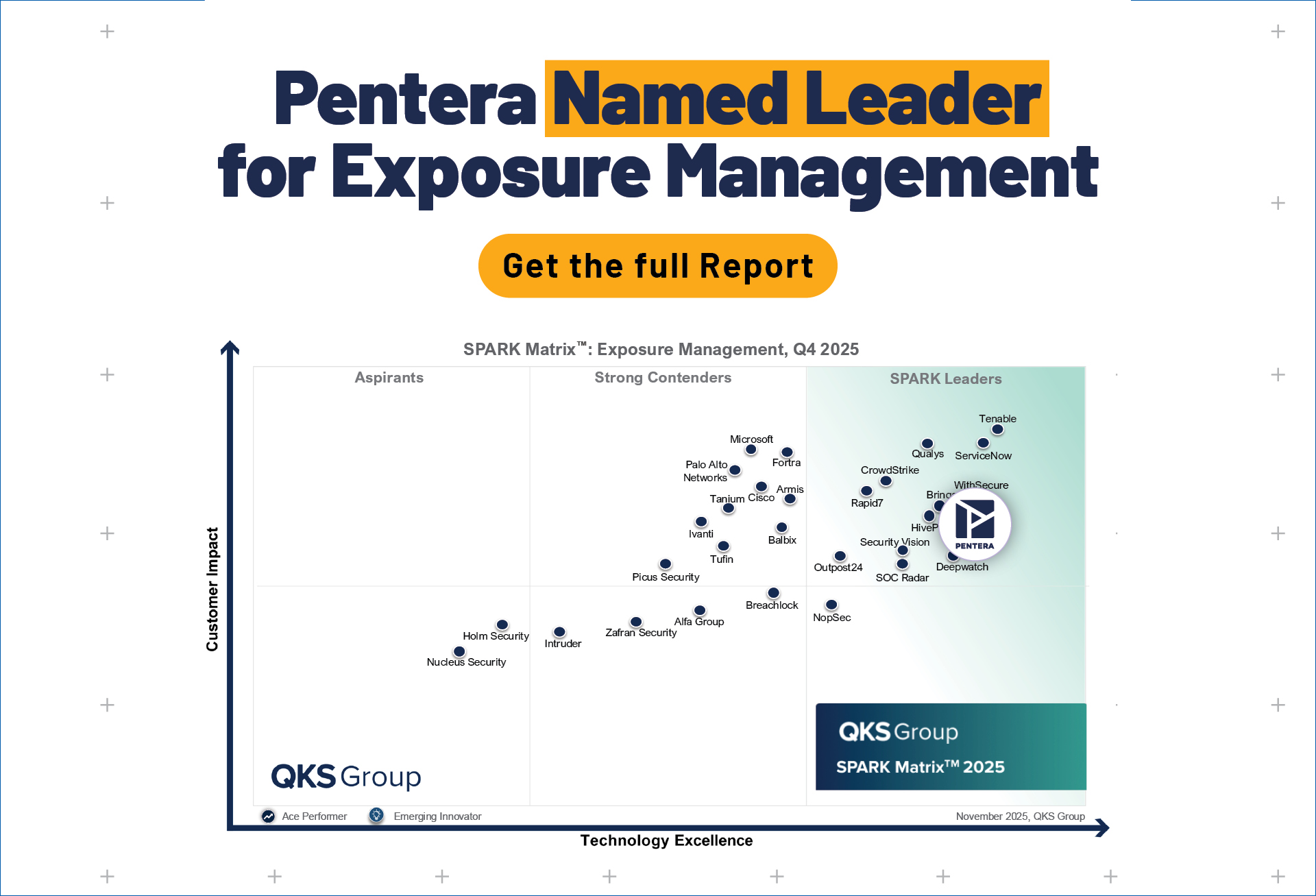What is Vulnerability Assessment?
Vulnerability assessment is a proactive security process that involves the systematic identification, classification, and prioritization of vulnerabilities within an organization’s IT environment. It involves the utilization of automated security tools to discover potentially exploitable weaknesses in applications, systems, and networks. The purpose of Vulnerability Assessment is to provide security teams with the information required to address exploitable vulnerabilities and strengthen their defenses. Vulnerability Assessment is an essential process within Vulnerability Management, enabling organizations to identify system weaknesses that require prioritization for remediation.
Why is vulnerability assessment important?
Vulnerability assessment is important because it empowers organizations to proactively address security vulnerabilities before they can be exploited by threat actors. By identifying and classifying vulnerabilities according to their severity and exploitability, security teams can engage in prioritized remediation efforts to address critical exposures. In doing so, they reduce the likelihood of successful attacks, prevent data breaches, and mitigate business risk. Additionally, this approach also ensures that security measures are up to date so as to be in compliance with regulations and industry standards.
What are the types of vulnerability assessments?
There are numerous different types of vulnerability assessment, each with its own distinct purpose and focus. The following are some key types of vulnerability assessments.
- Network-based: Network-based vulnerability assessments focus on the identification of vulnerabilities in network infrastructure, specifically. This involves assessing assets like routers, servers, and firewalls to detect network vulnerabilities such as misconfigurations and open ports.
- Application-based: Application-based vulnerability assessments involve assessing software applications. Their function is to identify security weaknesses such as insecure authentication mechanisms or SQL injection.
- API-based: API-based vulnerability assessments examine Application Programming Interfaces (APIs), which facilitate communication between applications. The goal of API-based assessments is to detect vulnerabilities that could expose data or compromise the functionality of interconnected systems.
- Host-based: Host-based vulnerability assessments inspect individual servers or endpoints. During these assessments, security teams typically check for vulnerabilities that could arise from outdated versions, unpatched software, and insecure configurations.
- Cloud-based: Cloud-based vulnerability assessments focus on detecting risks in cloud computing environments. They check for vulnerabilities such as misconfigured storage buckets or improperly defined permissions, which could facilitate unauthorized access.
What are the key components of vulnerability assessment?
A vulnerability assessment is comprised of the following key components:
- Planning: During the planning phase, the scope and objectives of vulnerability assessments are established. Security teams determine which systems and networks will be assessed.
- Scanning: Automated tools are used to scan the select assets and detect vulnerabilities, including misconfigurations, outdated software, or unpatched systems.
- Analysis: Vulnerabilities discovered during the scanning phase are analyzed, evaluated, and prioritized according to their severity and potential impact.
- Reporting: A detailed report is generated based on the results of the assessment, providing recommended actions for mitigation and remediation so as to minimize risk.
Informing better security through vulnerability assessment
Vulnerability assessment is a critical component of a proactive cybersecurity strategy. In providing a framework for systematically identifying and addressing vulnerabilities, it empowers security teams to forecast risks and improve upon security measures pre-emptively to reduce the risk of cyberattacks, protect their vital assets, and maintain compliance with industry standards and regulations. By conducting regular vulnerability assessments, organizations can ensure that their security measures are always fit for purpose in a continuously evolving security landscape.
FAQs
What is the difference between vulnerability assessments and penetration testing?
While vulnerability assessments and penetration testing are related, there are important distinctions to be drawn between them. The purpose of vulnerability assessments is to identify, classify, and prioritize security weaknesses in order to remediate them. Penetration testing, however, takes a more focused approach, providing a more contextual understanding of vulnerabilities by actively exploiting them and simulating real-world attack scenarios. In this way, penetration testing can complement vulnerability assessments by providing a more targeted analysis of defenses.
How often should vulnerability assessments be conducted?
Vulnerability assessments should be conducted regularly, ideally several times a year. It is also advisable to conduct assessments whenever significant alterations are made to the IT environment. By conducting regular assessments, organizations can stay a step ahead of emerging threats and enhance their defenses for greater resilience.
How can organizations improve their vulnerability management process?
Organizations can improve their vulnerability management process by setting out clear policies dictating how assessment, prioritization, and remediation are conducted. Additionally, organizations can implement automated tools for regular scanning and follow a risk-oriented remediation strategy to ensure that exploitable vulnerabilities are promptly identified and addressed to best mitigate risk.
Identify cloud vulnerabilities.
Detect and address vulnerabilities in your cloud environment.


